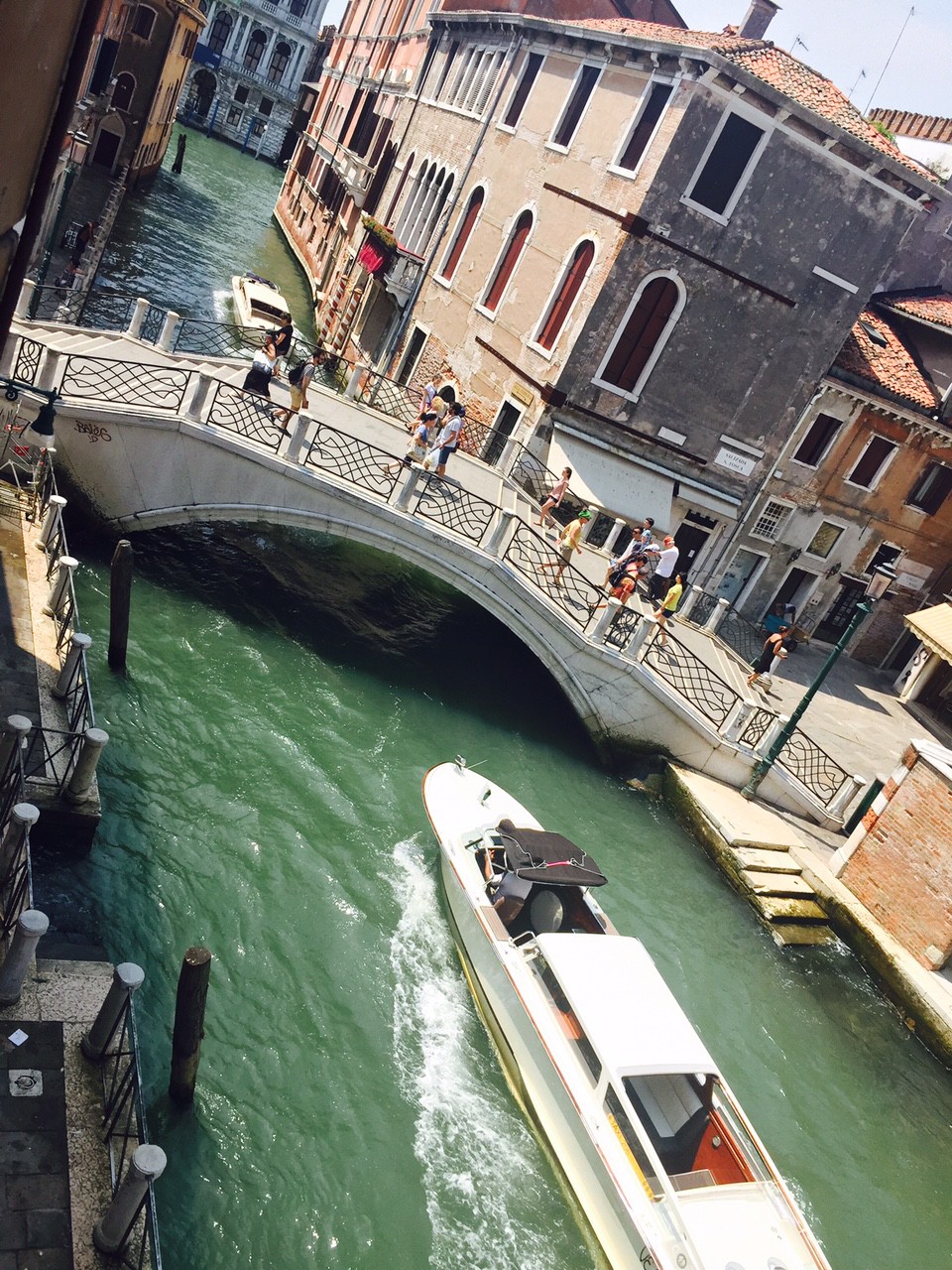
I have lived in the US for the past ten years, and a big part of my job is looking at the US technology scene for the latest and best start-ups in fields like retail, media, food, hospitality, sustainable, and mobile solutions.
When it comes to the environment and mobility solutions though, my recent trip through Portugal, Italy, and Germany reminded me that America can also learn a bit from Europe.
Some examples of Europe’s innovative green transportation solutions:
Many Portuguese towns have an underground garbage collection system in place. In communities where summer temperatures are consistently above 100 this system not only prevents rodents and smell but also makes towns and cities look much much nicer. Mind you, everyone is recycling as well. How great would this be in New York City?
European highways, not unlike their US counterparts, are clogged with traffic. After my trip to the Milan Expo by rental car (not to be recommended, especially not if you need to also park your car!) I decided to completely switch to public transportation – and to my surprise, I could easily find my way around. Regional trains run on a very reliable schedule and I could even visit the remotest northern Italian village using green buses. We all know that Northern Europe is amazing when it comes to public transportation, but beating the traffic chaos in Southern Europe came as a surprise.
To encourage the use of public transportation and other community facilities, all Italian hotels and bed + breakfasts are giving out “town cards,” which come at a small daily fee for the guests – but they are a mandatory purchase for each visitor. In Brixen, a small community in the northern Italian Alps, the card gave free access to all regional public transportation which included train rides to towns like Bolzano, bus rides to all surrounding towns and villages, and even the gondola rides to the mountaintops. Furthermore, the card granted free access to swimming pools and offered a reduced price for renting bikes (including electric bikes to get up the steep hills). In Venice, the free use of the bus ferry was included – a smart and easy way to handle the many tourist’s transportation needs, and for visitors, a great way to meet locals.
Car sharing started in Europe and has grown steadily since its first introduction in 1977 in Britain. Arguably, the world’s largest carsharing service is Car2Go with 900,000 members in many European and international cities. One has to experience the convenience of using the service to fully understand the implications for our urban development. On my recent visit to Berlin, I met with a friend who arrived in a Car2Go. She explained that the city was filled with cars, that you could park the car anywhere – even in the restricted parking zones – and that it was super easy to book on her mobile phone. As a result, her family sold their second car. In between public transportation, bike sharing, and car sharing, there is really no need to own a car in Berlin anymore.
Granted, Europe isn’t perfect. The many strikes (on public transportation!) make you cringe, and wasted tax money leaves citizens frustrated. Not to speak about the looming Euro crisis. But one thing is obvious: Europe, even in very remote areas, is thinking hard about how to create more sustainable transportation, mobility, and public service solutions for the benefit of all.


